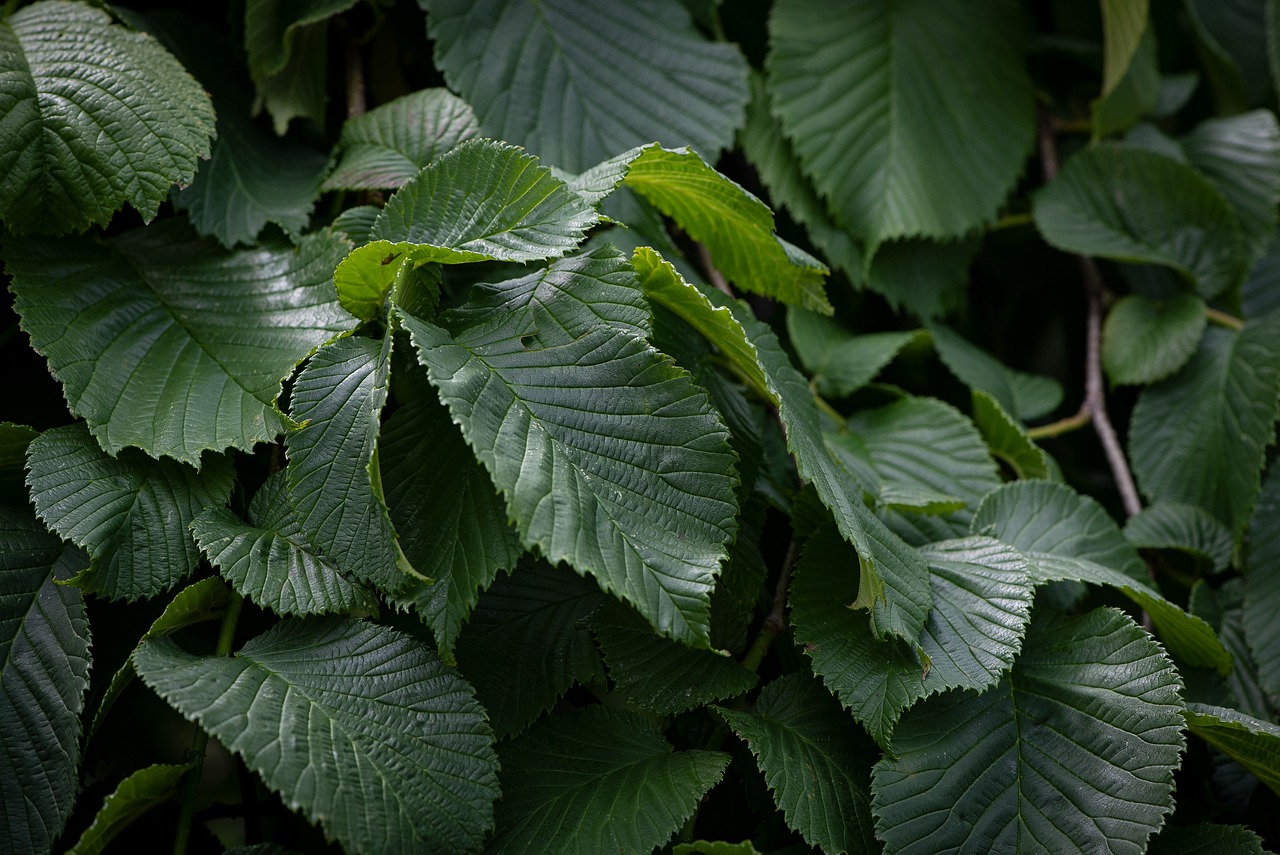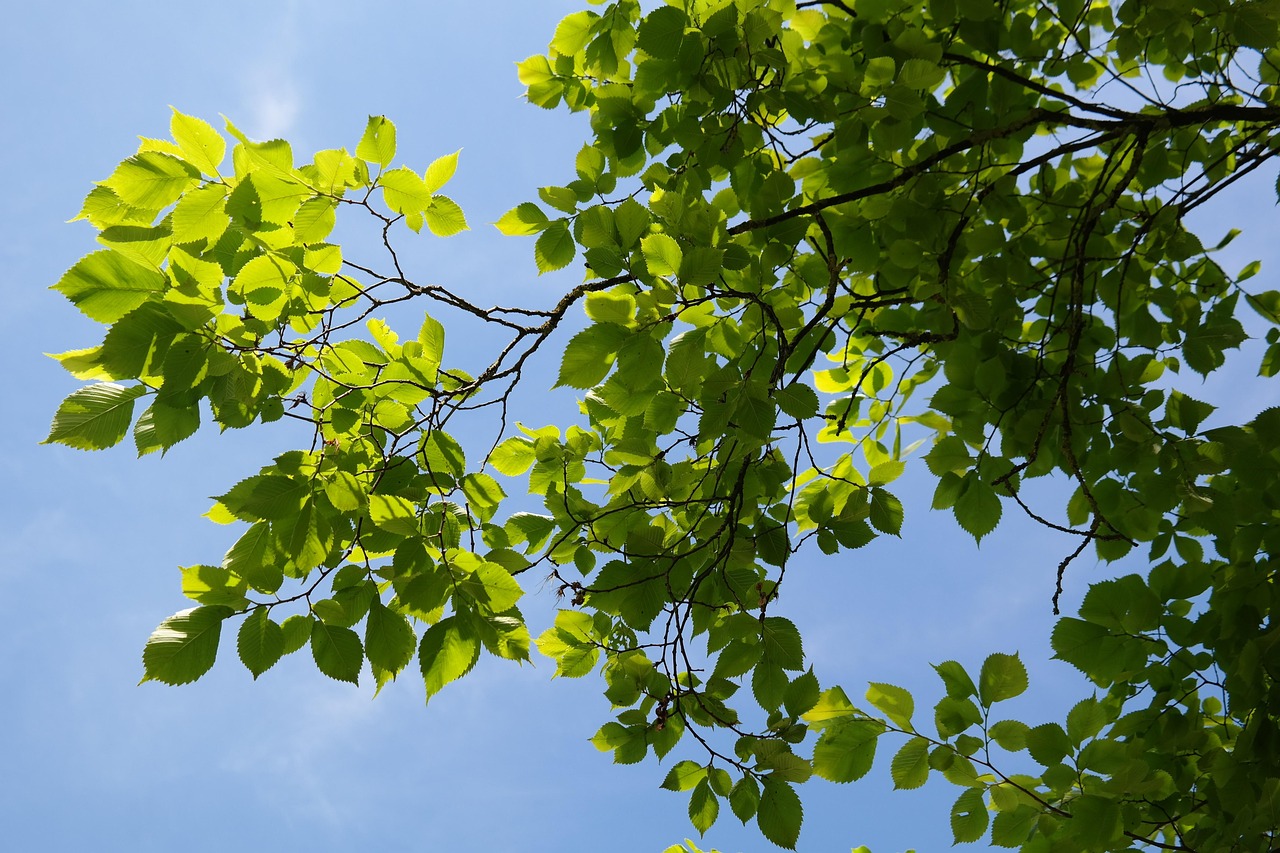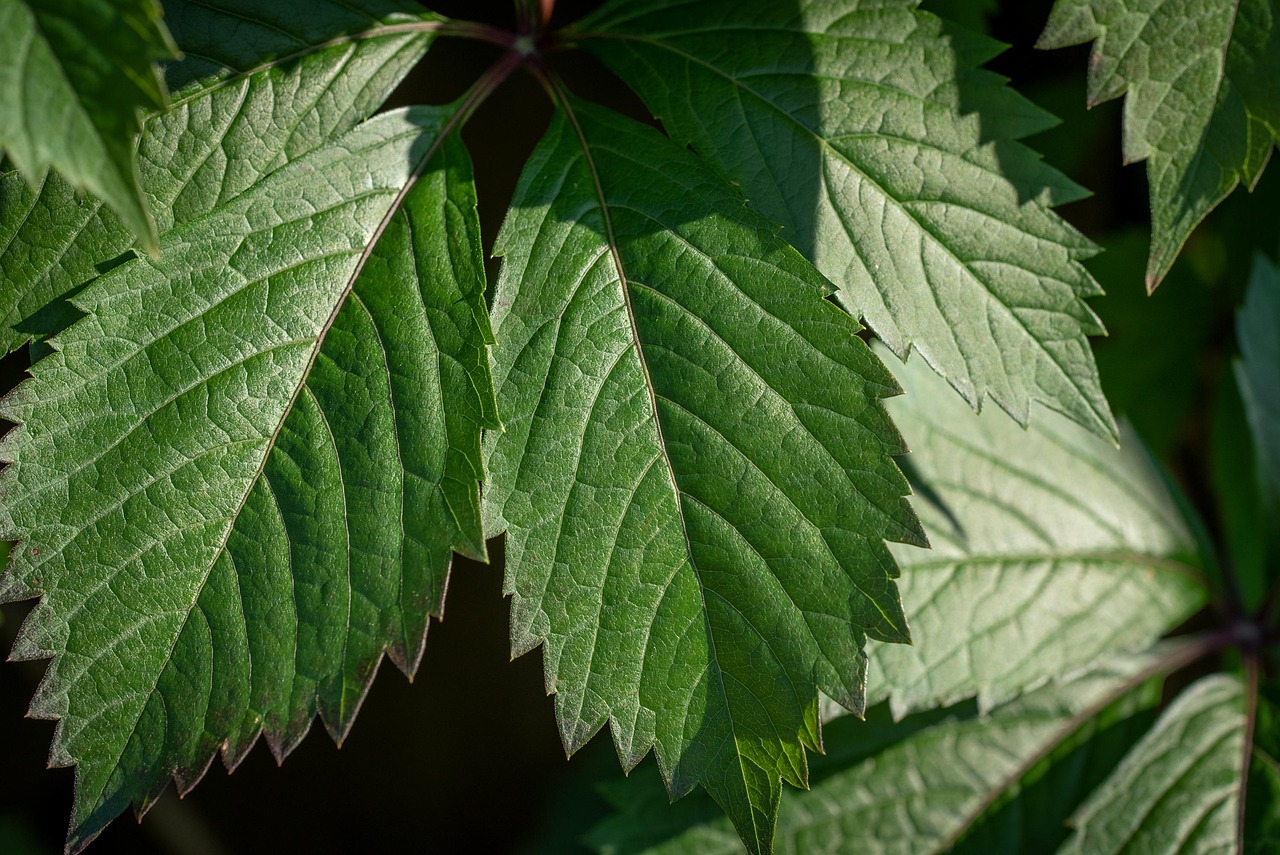The Drake Elm tree is known for its rapid growth rate, typically reaching up to 3 feet per year. Proper pruning is essential for maintaining its health and shape, with recommended pruning occurring in late winter to early spring before new growth begins.
Understanding the Drake Elm Tree
The Drake Elm tree, a hybrid of the Chinese Elm and the American Elm, is a popular choice for urban landscaping. It is well-regarded for its resilience against diseases and pests that commonly afflict other elm species. Its elegant, arching branches and dense canopy provide ample shade, making it an excellent addition to parks and residential areas.

One of the key features of the Drake Elm is its adaptability to various soil types and conditions. This tree can thrive in both wet and dry soils, which makes it suitable for a range of climates. Its growth rate is particularly impressive; under optimal conditions, it can grow between 2 to 3 feet annually.
Growth Rate Details
The growth rate of the Drake Elm can vary based on several factors, including soil quality, sunlight exposure, and water availability. Generally, young trees exhibit more rapid growth as they establish their root systems. The following table summarizes important growth characteristics of the Drake Elm tree:
| Aspect | Details |
|---|---|
| Average Growth Rate | 2 to 3 feet per year |
| Mature Height | 50 to 60 feet |
| Mature Spread | 30 to 40 feet |
| Growth Habit | Round to oval canopy |
To ensure that your Drake Elm reaches its full potential, consider the environmental conditions in which it is planted. Full sun exposure is ideal for optimal growth. Additionally, regular watering during dry spells will help the tree establish a strong root system.

Pruning Recommendations
Pruning is an essential part of maintaining the health and appearance of the Drake Elm tree. Proper pruning promotes healthy growth and helps prevent disease. It is recommended to prune the tree during late winter or early spring when it is still dormant. This timing minimizes stress on the tree and allows for quicker recovery as it enters its growing season.
Here are some key pruning practices for the Drake Elm:
- Remove Dead or Diseased Branches: Inspect the tree regularly for any signs of damage or disease. Removing these branches promptly helps prevent the spread of infections.
- Thin Out Crowded Branches: Selectively remove branches that are too close together. This enhances air circulation throughout the canopy, reducing the risk of fungal diseases.
- Shape the Tree: Aim for a balanced shape by trimming branches that disrupt the natural form of the tree. A well-shaped tree not only looks better but also supports healthy growth.
- Avoid Topping: Topping is an improper pruning technique that can destabilize the tree and promote weak growth. Always prune back to a lateral branch rather than cutting off the top of the tree.
After pruning, it is important to monitor the tree’s health. Look for new growth and signs of recovery as spring progresses. Regular maintenance will help your Drake Elm flourish and become a striking feature in your landscape.

Taking care of your Drake Elm through proper pruning techniques will ensure that it remains healthy and vibrant. By understanding its growth needs and establishing a regular care routine, you can enjoy this beautiful tree for many years to come.
Optimal Growing Conditions for Drake Elm Trees
To maximize the growth rate and overall health of your Drake Elm, it is essential to provide optimal growing conditions. These trees thrive best in specific environments that cater to their needs. Understanding these conditions can help you create a suitable habitat for your tree.
Soil Requirements
The soil in which your Drake Elm is planted plays a crucial role in its growth. Here are some key points regarding soil requirements:

- Soil Type: Drake Elms prefer well-draining soils. Sandy loam or clay loam is ideal, as it retains moisture while allowing excess water to drain away.
- Soil pH: The ideal pH level for Drake Elm trees is slightly acidic to neutral, ranging from 6.0 to 7.5. Testing the soil pH can help determine if amendments are necessary.
- Nutrient Content: Enriching the soil with organic matter, such as compost, can improve fertility and promote healthy root development.
Watering Needs
Watering is critical during the establishment phase of your Drake Elm. New trees require consistent moisture to encourage deep root growth. Here’s how to manage watering effectively:
- Initial Watering: Newly planted Drake Elms should be watered deeply once or twice a week, depending on rainfall and temperature.
- Long-Term Care: Once established, these trees are relatively drought-tolerant. However, during prolonged dry periods, watering once a month will support healthy growth.
- Check Soil Moisture: Use your finger or a moisture meter to ensure the top few inches of soil remain moist but not soggy.
Sunlight Requirements
Sunlight is vital for the photosynthesis process of your Drake Elm tree. Here’s what you need to know about its sunlight needs:
- Full Sun Exposure: Ideally, Drake Elms should receive at least 6 hours of direct sunlight each day. This promotes vigorous growth and a healthy canopy.
- Shade Tolerance: While these trees can tolerate partial shade, their growth rate may slow down significantly in shaded areas.
Pest and Disease Management
Drake Elms are generally resistant to many common pests and diseases. However, monitoring for potential issues is essential to maintain their health. Here are some common pests and diseases to watch for:
Pests
- Aphids: These small insects can be found feeding on the leaves. They cause curling and yellowing of leaves. Use insecticidal soap or neem oil for control.
- Scale Insects: Scale can appear as small bumps on branches and leaves. They suck sap from the tree, weakening it over time. Again, insecticidal soap can help manage these pests.
Diseases
- Dutch Elm Disease: Though the Drake Elm is more resistant than other elms, it can still be affected. Signs include wilting leaves and branch dieback. Immediate removal of infected trees is crucial.
- Fungal Infections: Fungal diseases can cause leaf spots or blight. Proper pruning and good air circulation can help prevent these issues.
Mulching Benefits
Applying mulch around the base of your Drake Elm tree can offer several benefits that promote healthy growth:
- Moisture Retention: Mulch helps retain soil moisture by reducing evaporation, which is particularly beneficial during dry periods.
- Weed Control: A layer of mulch prevents weeds from competing with your tree for nutrients and water.
- Temperature Regulation: Mulch acts as insulation, helping to maintain consistent soil temperatures, which is beneficial for root development.
The ideal mulch materials include wood chips, shredded bark, or straw. Apply a 2-4 inch layer around the base of the tree, ensuring not to pile it against the trunk.
Seasonal Care Tips
Caring for your Drake Elm involves understanding its needs throughout the seasons. Here are some seasonal care tips:
- Spring: Begin with pruning any dead branches and applying mulch. Fertilizing can also promote vigorous growth as the tree breaks dormancy.
- Summer: Monitor watering needs closely during hot months. Watch for pests and treat as necessary.
- Fall: Rake up fallen leaves to prevent disease buildup and consider applying a balanced fertilizer before the winter months.
- winter: Protect young trees from extreme cold with burlap wraps or protective barriers if necessary.
By following these guidelines, you can ensure that your Drake Elm tree remains healthy and thrives in its environment, paving the way for beautiful growth and longevity.
Common Varieties of Elm Trees
While the Drake Elm is a favored choice for many homeowners and landscapers, it is beneficial to understand other varieties of elm trees. This knowledge can help in making informed decisions regarding tree planting and care based on regional preferences and specific traits.
American Elm (Ulmus americana)
The American Elm is a classic choice known for its towering height and picturesque canopy. Here are some details about this variety:
- Growth Rate: The American Elm can grow 3 to 4 feet per year, reaching heights of 60 to 80 feet.
- Characteristics: It has a broad, spreading crown and is often used for street plantings due to its shade-providing qualities.
- Disease Resistance: Unfortunately, this variety is highly susceptible to Dutch Elm disease, which has drastically reduced its population in many areas.
Chinese Elm (Ulmus parvifolia)
The Chinese Elm is another popular option, particularly in warmer climates. Here’s what to know:
- Growth Rate: This species grows moderately fast, about 2 to 3 feet per year, reaching up to 40 feet.
- Adaptability: It is very adaptable to different soil conditions and is drought-tolerant once established.
- Ornamental Value: Its attractive bark and small leaves make it a favorite for ornamental purposes.
Rock Elm (Ulmus thomasii)
The Rock Elm is known for its strong wood and resistance to pests. Here are its notable features:
- Growth Rate: It has a slower growth rate compared to other elms, typically growing about 1 to 2 feet per year.
- Durability: This variety is known for its durability and is often used in furniture making due to its hard wood.
- Habitat: It prefers well-drained soils and typically grows in more rugged areas.
Landscaping with Drake Elm Trees
The Drake Elm tree can be an excellent addition to various landscaping projects. Its aesthetic appeal and practical benefits make it a versatile choice. Here are some considerations for incorporating Drake Elms into your landscape design:
Shade Provision
Drake Elms provide substantial shade due to their broad canopies. When planted strategically, they can enhance outdoor spaces significantly:
- Patios and Decks: Planting a Drake Elm near patios or decks can create comfortable shaded areas for relaxation.
- Playgrounds: The shade from these trees can help keep playgrounds cooler during hot summer days, making them safer for children.
Aesthetic Appeal
The elegant structure of the Drake Elm adds beauty to any landscape. Key features include:
- Fall Color: In the fall, the leaves turn vibrant shades of yellow, adding seasonal interest to your garden.
- Curb Appeal: Planting these trees along streets or driveways enhances property value and curb appeal.
Erosion Control
The strong root system of the Drake Elm is beneficial in controlling soil erosion. This characteristic can be particularly useful in sloped areas:
- Bank Stabilization: Planting Drake Elms on riverbanks or hillsides can help stabilize the soil and prevent erosion.
- Windbreaks: These trees can also serve as effective windbreaks when planted in rows, protecting other plants from harsh winds.
Caring for Young Drake Elm Trees
Caring for young Drake Elm trees requires special attention to ensure healthy establishment. Here are some essential practices for nurturing young trees:
Staking Young Trees
If your Drake Elm is newly planted and still small, staking may be necessary to support its growth. Consider the following:
- Support System: Use soft ties or straps that will not damage the bark. Stakes should be driven into the ground, away from the root ball.
- Duration: Generally, stakes should be removed after one growing season, allowing the tree to develop strength without reliance on supports.
Fertilizing Young Trees
The right fertilization regime can promote strong growth in young Drake Elms. Here are some recommendations:
- Timing: Fertilize in early spring as new growth begins. A slow-release fertilizer can provide nutrients over time.
- Nutrient Ratio: A balanced fertilizer with equal parts nitrogen, phosphorus, and potassium (N-P-K) will support overall growth.
Pest Monitoring
Younger trees are often more susceptible to pests. Regular monitoring can help catch issues early:
- Visual Inspections: Check leaves and branches regularly for signs of pests like aphids or scale insects.
- Treatment Options: If pests are detected, treat promptly with appropriate organic or chemical solutions.
By implementing these practices, you can ensure that your young Drake Elm trees grow strong and healthy, contributing beautifully to your landscape for years to come.
Long-Term Care for Drake Elm Trees
As your Drake Elm matures, its care requirements may change. Understanding the needs of a mature tree is crucial for ensuring longevity and health. Here are some long-term care tips to keep in mind:
Ongoing Pruning Practices
Regular pruning remains important even as your Drake Elm matures. This practice helps maintain its shape and health:
- Regular Inspections: Continue to inspect the tree for dead or diseased branches. Remove any that are found to prevent potential issues.
- Seasonal Pruning: Conduct pruning every year in late winter or early spring before new growth begins. This timing minimizes stress on the tree.
- Training Young Branches: As the tree grows, guide young branches by selectively pruning to encourage an even canopy.
Watering Needs
Mature Drake Elms are quite drought-tolerant, but they still require adequate watering during dry spells:
- Watering Frequency: Deep watering every few weeks during extended dry periods helps maintain moisture levels in the soil.
- Mulch Maintenance: Ensure that the mulch remains intact to reduce evaporation and maintain soil moisture.
Fertilization Reassessment
As trees mature, their nutrient needs may change. Here’s how to adjust fertilization:
- Soil Testing: Conduct soil tests every few years to assess nutrient levels and pH. This information can guide your fertilization strategy.
- Targeted Fertilizers: Use fertilizers tailored to specific deficiencies indicated by soil tests. A well-balanced approach will support healthy growth.
Seasonal Health Checks
Mature trees should be monitored throughout the seasons for any signs of stress or disease:
- Winter Preparations: Inspect the tree before winter for any structural weaknesses. Consider protective measures if necessary.
- Spring Awakening: Look for signs of new growth in spring, which indicates that the tree is coming out of dormancy healthily.
Pest and Disease Management for Mature Trees
Mature Drake Elms still face threats from pests and diseases, although they are generally more resilient than younger trees. Regular monitoring and timely intervention can prevent major issues:
Common Pests
- Elm Leaf Beetles: These pests can defoliate the tree. Use insecticides sparingly and only when necessary.
- Spider Mites: They thrive in hot, dry conditions. Regularly check for webbing on leaves and treat accordingly.
Disease Prevention
- Root Rot: Ensure proper drainage around the root zone to prevent this condition, especially after heavy rainfall.
- Canker Diseases: Monitor for cankers on branches and trunks. Prune away affected areas promptly to reduce spread.
Final Thoughts
The Drake Elm tree is a remarkable choice for anyone looking to enhance their landscape with a fast-growing, resilient, and beautiful tree. With its rapid growth rate and stunning fall colors, it provides both aesthetic appeal and functional benefits, such as shade and erosion control. Understanding the specific care requirements at various stages of growth—from planting to maturity—ensures that you can maximize its potential.
By implementing sound pruning practices, maintaining proper watering and fertilization schedules, and staying vigilant against pests and diseases, you can enjoy a thriving Drake Elm for decades. Whether you are planting a single tree or establishing a row along your property line, this species can significantly enhance your outdoor environment.
Ultimately, investing time and effort into caring for your Drake Elm will yield rewards in the form of a healthy, attractive tree that contributes positively to your landscape while providing shelter and habitat for local wildlife. Happy planting!
